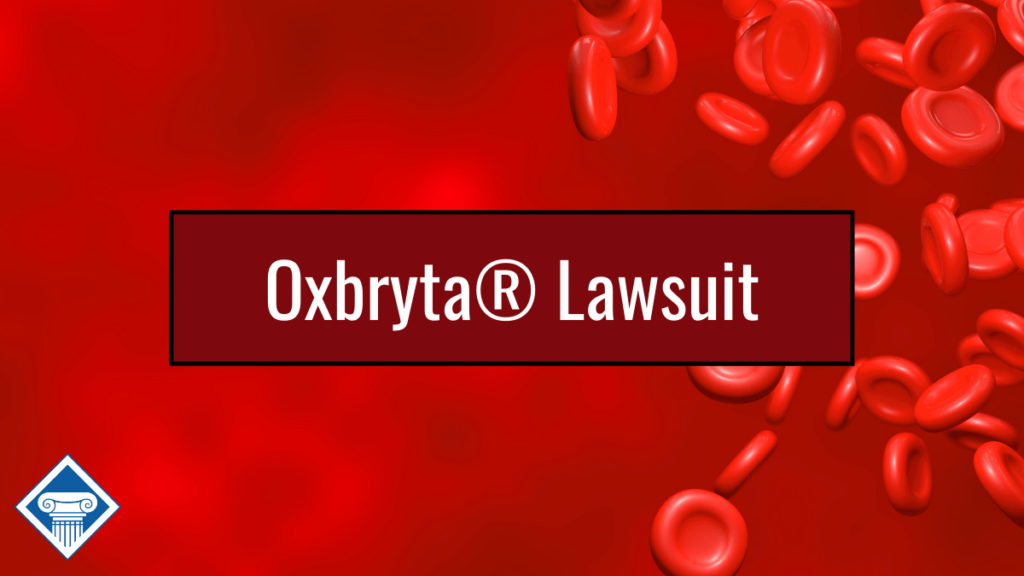Some veterans who develop shingles may temporarily experience uncomfortable symptoms. Others, however, may suffer from residual effects of shingles that can last for months and have a significant impact on their quality of life. If you think your shingles diagnosis was caused by military service, or you’ve developed a secondary condition from the infection, you may be eligible for a shingles VA disability rating.
This article explains what shingles is, secondary and residual conditions that can manifest from it, and how you can get a VA disability rating for shingles.
Talk to Us About Your Claim:
(812) 426-7200
In this article about the shingles VA disability rating:
What is shingles?
After you’ve had chickenpox, the varicella-zoster virus (VZV) that causes it stays dormant in your body. If the virus is reactivated, shingles, also known as herpes zoster, can develop.
Shingles is a painful, blister-like rash that commonly wraps around one side of your torso. Sometimes, people may even develop shingles around one eye or on one side of their face or neck.
Shingles is estimated to affect over one million people every year. Although the rate of shingles is higher in adults older than 60, it has the potential to affect anyone at any age. In fact, the primary risk factor for shingles is a weakened immune system. If for any reason your immune system is compromised or isn’t working properly, VZV can reappear.

Symptoms of shingles can last between three to five weeks with pain being the first symptom most people notice.
Other common symptoms of shingles may include:
- Burning or tingling
- Sensitivity to touch
- A red rash that appears a few days after the pain
- Fluid-filled blisters
- Itching
Some less common symptoms of shingles include headaches, fever, sensitivity to light, and fatigue.
Shingles VA disability rating
There is no specific diagnostic code for shingles, so the VA rates the condition analogously, meaning it uses the most similar diagnostic code available. For this reason, shingles is rated using DC 7820, which states that “infections of the skin not listed elsewhere (including bacterial, fungal, viral, treponemal, and parasitic diseases),” are to be rated using the General Rating Formula for the Skin.
Alternatively, depending on the predominant symptoms, the VA may rate shingles analogously under:
- DC 7800 as disfigurement of the head, face, or neck, or
- DCs 7801, 7802, 7804, or 7805 as scars
If rated using the General Rating Formula for the Skin, veterans can receive a rating of 0%, 10%, 30%, or 60% disabling based on what percentage of the body is affected by shingles and how often treatment is required.
The VA defines systemic therapy as treatment administered through any route (orally, injection, suppository, intranasally) other than the skin. Topical therapy is treatment administered through the skin.

Shingles residuals and secondary conditions
Shingles is usually an acute condition, but veterans can receive a higher rating if their shingles causes residual complications.
The most common complication from shingles is postherpetic neuralgia (PHN), which affects between 10%-18% of people with shingles. PHN is inflammation of the nerves under the skin where the shingles rash was, which causes burning pain in the nerves and skin that can last for months to years. Veterans who develop PHN from shingles may be able to claim PHN secondary to shingles.
Other complications of shingles include:
- Skin infections if blisters aren’t properly treated
- Pneumonia if the VZV spreads to the lungs
- Hearing problems. When a shingles outbreak affects the facial nerve near the inner ear, Ramsay Hunt Syndrome can occur, causing issues like hearing loss and tinnitus.
- Vision loss if shingles develops in or around the eye and becomes infected
- Encephalitis, or inflammation of the brain, if the VZV spreads to the central nervous system
TDIU for shingles
It’s rare to receive TDIU for shingles alone. However, when combined with secondary, residual, or other service-connected disabilities, veterans with shingles may be eligible to receive this benefit.
For example, the burning, itching, and stabbing pain from postherpetic neuralgia can make simple things like typing, lifting, or wearing a uniform painful, which can make it difficult to work.
Shingles may also lead to psychological concerns that can affect a veteran’s ability to maintain a full-time job. One study found that skin conditions are linked to depression and social isolation. If a veteran has rashes or residual scarring on their face and neck from shingles, it may cause them to avoid working with people or in public because of emotional discomfort.
For veterans who are unable to work due to a service-connected condition, total disability based on individual unemployability (TDIU) could be available. TDIU pays the same as a 100% rating even though the condition is rated below 100%.
To receive TDIU, a veteran must have:
- At least one service-connected disability rated at least 60%
- OR two or more service-connected disabilities with a combined rating of 70% or more, including one single disability rated at 40% or more
“Woods & Woods’ experience will give you the best chance to get what you deserve.”

T.K.
How Woods & Woods can help
If you have a service-connected condition that affects your ability to live and work comfortably, you deserve VA disability compensation. Contact Woods & Woods today for a free consultation to see how we can help. You only pay us if we win.

Our team is ready to help
Frequently asked questions
The VA may rate shingles using Diagnostic Code 7820, which states that “infections of the skin not listed elsewhere (including bacterial, fungal, viral, treponemal, and parasitic diseases),” are to be rated using the General Rating Formula for the Skin.
Alternatively, depending on the predominant disability, the VA may rate shingles “analogously” as disfigurement of the head, face, or neck (DC 7800) or as scars (DCs 7801, 7802, 7804, 7805).
Yes. Veterans can receive a higher rating if their shingles causes secondary conditions like postherpetic neuralgia, anxiety, depression, pneumonia, hearing problems, or encephalitis.







